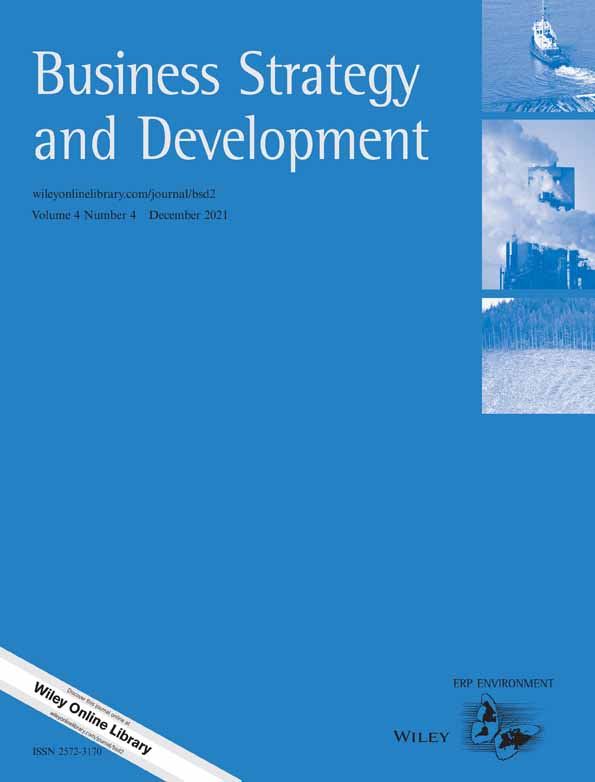Tracking progress towards global biodiversity conservation targets requires appropriate allocation of research and monitoring efforts. We conducted a global review of camera trap research on mammals as a proxy for biodiversity research and monitoring over the last two decades. We assessed how 3395 research locations from 2324 studies tracked priority regions for attaining the 2020 Aichi Biodiversity Targets. We used a geospatial distribution modelling approach to predict the spatial allocation of biodiversity research and to identify its key drivers. We show that conservation research in the past two decades has often failed to target areas important for conservation, and that 76.8% of the global research allocation can be attributed to country income, biome, mammal richness and accessibility. We predicted lowest probabilities of research allocation in low income countries. The Amazon and Congo Forest basins — two highly biodiverse ecosystems facing unprecedented human alteration — received inadequate research attention. Even in the most researched regions, an average of 51.4% of the research locations were outside the top 20% most important areas for the global biodiversity Aichi Targets. To support biodiversity conservation targets, policy and practice, more research and monitoring is required in regions with high importance for conservation.
Download:
DOI:
https://doi.org/10.1101/2022.04.07.486958
Altmetric score:
Dimensions Citation Count:

























